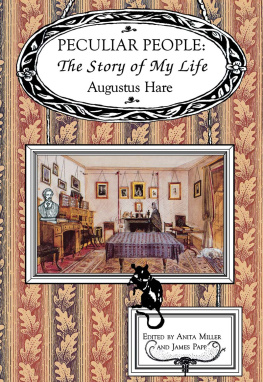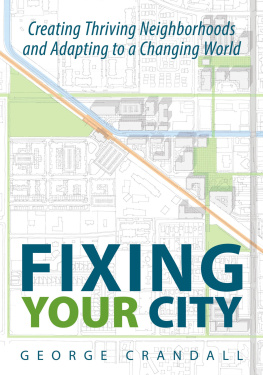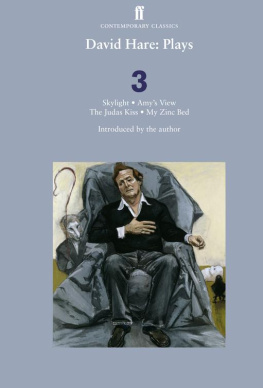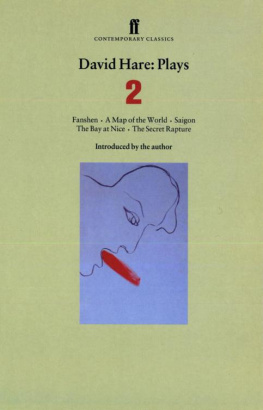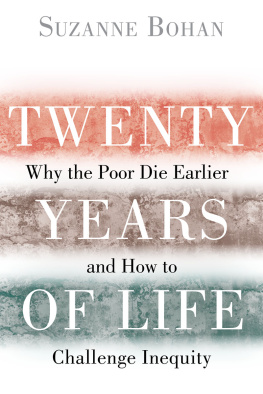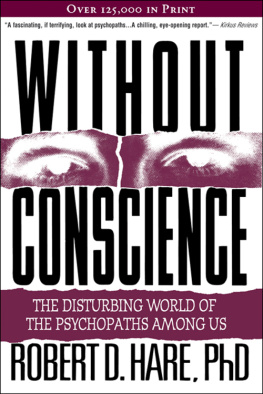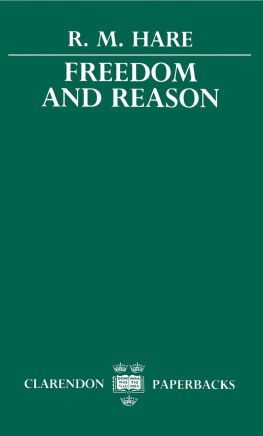
Zonas Peligrosas
POLIS: Fordham Series in Urban Studies
Edited by Daniel J. Monti, Saint Louis University
POLIS will address the questions of what makes a good community and how urban dwellers succeed and fail to live up to the idea that people from various backgrounds and levels of society can live together effectively, if not always congenially. The series is the province of no single discipline; we are searching for authors in fields as diverse as American studies, anthropology, history, political science, sociology, and urban studies who can write for both academic and informed lay audiences. Our objective is to celebrate and critically assess the customary ways in which urbanites make the world corrigible for themselves and the other kinds of people with whom they come into contact every day.
To this end, we will publish both book-length manuscripts and a series of digital shorts (e-books) focusing on case studies of groups, locales, and events that provide clues as to how urban people accomplish this delicate and exciting task. We expect to publish one or two books every year but a larger number of digital shorts. The digital shorts will be 20,000 words or fewer and have a strong narrative voice.
Series Advisory Board:
Michael Ian Borer, University of NevadaLas Vegas
Japonica Brown-Saracino, Boston University
Michael Goodman, Public Policy Center at UMass Dartmouth
R. Scott Hanson, The University of Pennsylvania
Annika Hinze, Fordham University
Elaine Lewinnek, California State UniversityFullerton
Ben Looker, Saint Louis University
Ali Modarres, University of WashingtonTacoma
Bruce ONeil, Saint Louis University
Zonas Peligrosas
THE CHALLENGE OF CREATING SAFE NEIGHBORHOODS IN CENTRAL AMERICA
Tom Hare
FORDHAM UNIVERSITY PRESS
New York 2018
Copyright 2018 Fordham University Press
All rights reserved. No part of this publication may be reproduced, stored in a retrieval system, or transmitted in any form or by any means electronic, mechanical, photocopy, recording, or any otherexcept for brief quotations in printed reviews, without the prior permission of the publisher.
Fordham University Press has no responsibility for the persistence or accuracy of URLs for external or third-party Internet websites referred to in this publication and does not guarantee that any content on such websites is, or will remain, accurate or appropriate.
Fordham University Press also publishes its books in a variety of electronic formats. Some content that appears in print may not be available in electronic books.
Visit us online at www.fordhampress.com.
Library of Congress Control Number: 2018933433
for my family and for all those who work tirelessly to create safe neighborhoods
CONTENTS
El Paseo is the new place to be in Greater San Salvador. In a city with few public spaces, it is unrivaled in its fusion of colonial charm, courtyard cafs, and kitschy shops. The new sidewalks, working streetlights, and brightly painted buildings stretch for several blocks along a pedestrians-only street. The novelty of the area draws an eclectic mix of young and old, rich and poor. This is unusual in a city that is divided by high walls and barbed wire into exclusive enclaves versus marginal communities, and zonas seguras versus zonas peligrosas. It is even more unusual given that many strangers have learned to fear one another because of the high rates of crime and victimization that make San Salvador one of the most violent cities in the world. Along El Paseo, however, families push their kids in strollers, elderly couples cruise on rented tandem bikes, and working-class couples sit elbow to elbow with wealthy couples, both out for a glass of wine.
Walking along El Paseo one night, I was swept up in the energy and excitement of the crowds. A band played rock music in an empty lotcumpublic stage. Crowds gathered around to hear the music, stopping momentarily on their way to dinner, to meet friends for a drink, or just to walk in one of the only secure parts of the city. Food vendors lined the sidewalk with their carts and the street with tables, adding to the carnivalesque feel. The restaurants and storefronts were the shoreline for a river of people mixing and mingling. A man, one of the many Salvadorans who have migrated to the United States and who come back infrequently, struck up a conversation with me. Crazy, he said; I am from this neighborhood and it was nothing like this when I left.
Figure 1. El Paseo at night. (Source: El Salvador Travel Network.)
Indeed, it was nothing like this before the mayor of Santa Tecla decided it was time to revive this deteriorating suburb of San Salvador. In the early 2000s, crime and violence, endemically high, were on the rise again. Migrants, such as the man I met, were leaving town and the country for opportunities in other, more secure places. There was not a lot of money to work with, but international donors and local businesses were supportive. The mayor called together a group of officials, citizens, and businesspeople to create a plan for the city. He wanted change, but he wanted the participation of as many people as possible on a citizens council to determine the best course of action. The council, together with elected officials, determined that Paseo el Carmen (El Paseos official name) should be created and the nearby park rehabilitated, social programs should engage more youth, and the municipal preventative police force should be reformed and made more effective with better crime data.
The plan was set into motion. Only a few short years later, the homicide rate had been cut by two-thirds in the city (Alcalda Municipal de Santa Tecla, 2012). Other crimes against persons and property were down. Santa Tecla had made a name for itself, not only as a family and nightlife destination among Salvadorans but also as a showcase for crime prevention for international donors. Here was a town that had come together with the direct participation of citizens to effectively reduce crime as rates continued to soar around the country.
Compared with other nights walking along similar streets in the area, I did feel safe the night I walked along El Paseo. There were a few dark corners here and there, but the large number of people enjoying themselves increased my sense of security. People were civil to one another, kept the street free of trash, and were generally unconcerned with much else other than enjoying the evening. It seemed that the space had indeed transformed the community and social life of those who inhabited or, at least, passed through it. The street created an inviting, organized space where people, no matter their class or background, could come together. El Paseo seemed to promote social order through better physical order. By all accounts, it appeared to be the urban redevelopment success story that friends, colleagues, and international aid agencies touted it to be.
Then came the soldiers. Walking single-file briskly through the throngs of people, they were clad in their olive green uniforms and carried large automatic weapons. The crowds parted in front of them, but no one seemed really to take notice of their presence. In fact, soldiers such as these are a staple of many streetscapes across San Salvador. For more than a decade now they have been out of their barracks as a central part of



